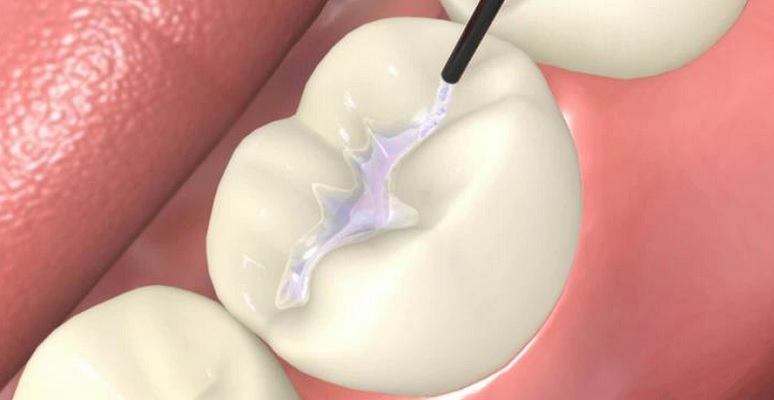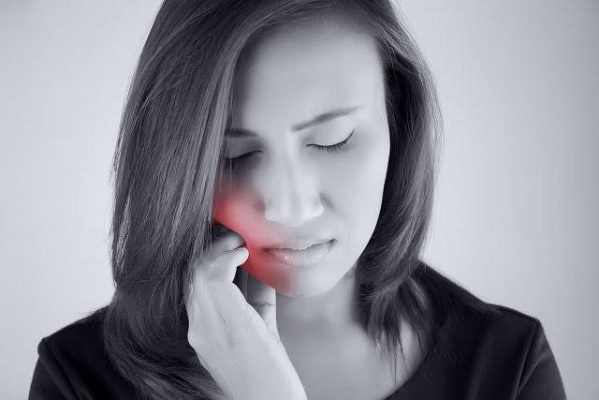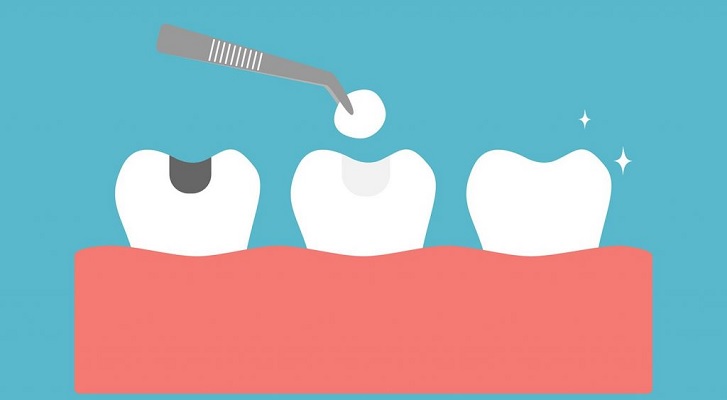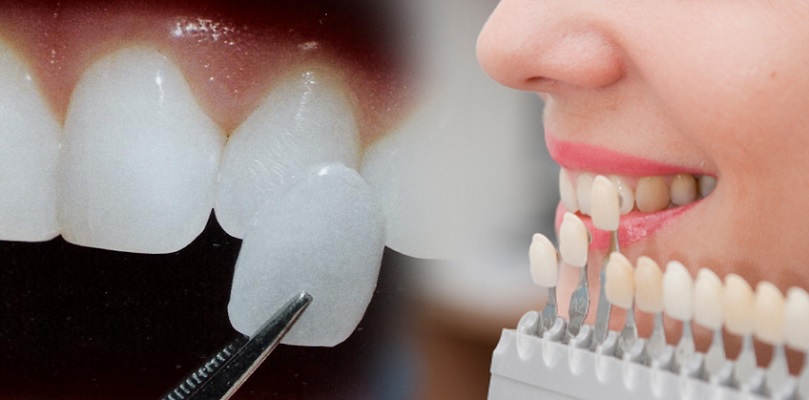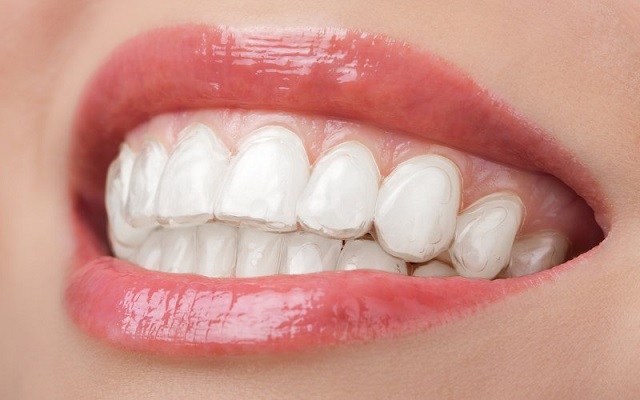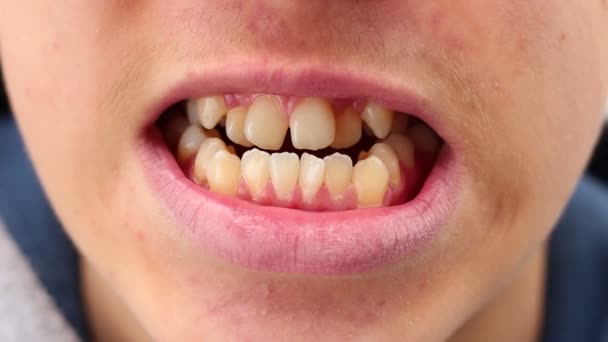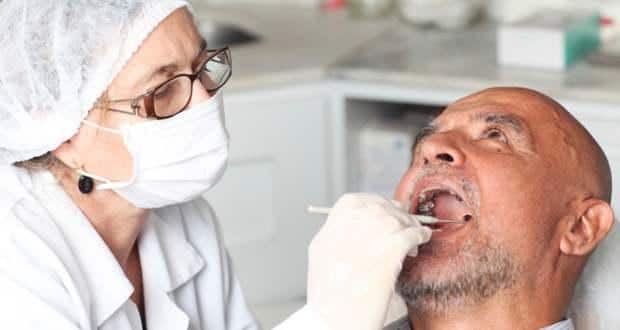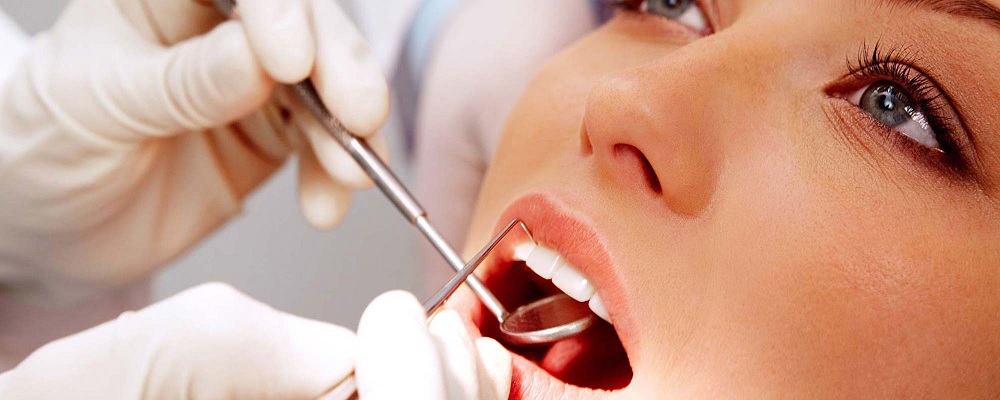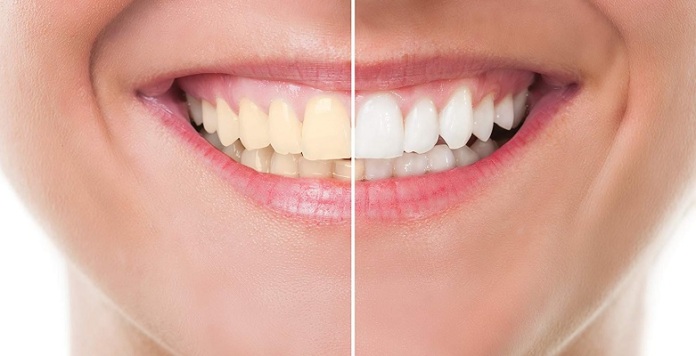Sometimes your teeth may suffer damage or alterations that require special treatments to return their functionality and appearance. But it can be difficult for you to identify when a dental reconstruction is necessary. From the dental clinic in Rani Bagh, we will tell you some cases and tips so you can answer this question.
Alternatives for Dental Reconstruction
Dental reconstruction is mainly responsible for repairing damaged teeth. Although sometimes it can also involve replacing it.
Depending on the damage that the patient's tooth possesses, the best dentist in Delhi can perform a dental reconstruction using one of the following methods:
Composite
The composite is a type of resin that is composed of synthetic materials. It is widely used to correct partial fractures of dental pieces, as it provides a natural finish and does not affect the functionality of the tooth or the bite.
In addition, its coloration is very similar to that of natural teeth. What makes it almost imperceptible.
They are also often used to make some types of fillings when caries are corrected and to make some custom pieces for other types of oral reconstructions.
Dental Veneers
Dental Veneers in Delhi has a mainly aesthetic purpose, so they are only used on the front teeth. They are very thin sheets of composite or porcelain that adhere to the tooth by means of a special glue. They can last between 6 and 12 years depending on their maintenance and the material.
These are mainly used to correct the color of the tooth and its shape. Although in cases of small cracks in the surface can also be used. If you are looking for a perfect and resistant smile, this is an excellent option.
Dental Inlay
This method of dental reconstruction is mainly performed by dentist in Delhi on molars with their external part very damaged and that have lost part of their structure.
One of the conditions for you to undergo this treatment is that the tooth does not have any problems related to poor dental hygiene. In addition, its natural form should not be affected.
A piece that fits perfectly in the area that needs to be rebuilt is made. This is cemented with a special glue. The procedure is performed quickly and is a little invasive.
Bolt and Crown Reconstruction
It is used in cases where for some situation the dental piece was very lowered so that the crown cannot be held correctly. To solve this problem, the best dentist in Pitampura must place a fiberglass bolt or post. These allow you to get the support you need.
It is mainly performed on the molars, since these are some of the teeth that are used to chew. So they need to be firm and strong.
When is a Dental Reconstruction necessary?
The oral or dental reconstruction seeks to recover and preserve parts that have suffered from some alteration that can occur for multiple reasons. Some of the most common are:
Fracture of the Dental Piece
Fractures in the teeth are quite common. In both children and adults.
In most cases, the breakage of a tooth only represents an aesthetic problem, especially if it occurred in any of the front pieces. But depending on the place and the magnitude of the impact, other slightly more serious problems may occur.
Such as damage to the maxillary bone, dental nerves, mobility of the tooth and fall of the tooth.
That is why it is important that when you receive a very strong blow on your teeth you visit a dentist in Pitampura. This will determine if any serious damage occurred or not and will indicate the treatment you should follow.
In case it is only a partial break of the tooth, it will surely resort to a reconstruction method to repair the damage and restore its original appearance.
Deep Caries
There are two possible situations when a dental reconstruction is necessary in this case:
Large, but Superficial Caries:
When cavities are large, but superficial and are removed, usually the affected area is irregularly shaped. In this case, a splice or filling of this must be done to prevent food and bacteria from accumulating and an infection again.
Caries that require Endodontics:
In case the tooth decay reaches the nerves of the tooth, it is necessary for your dentist in Rani Bagh to perform a root canal. Since the damage that occurs is more serious. This means that to completely remove tooth decay they must remove a large part or all of the pulp from the tooth, this depends on how severe the infection is.
Subsequently, a filling is made with a biocompatible material so that the piece can be functional again. And finally, the piece is polished to give it shine and make it fit perfectly to the bite.
Both procedures are considered as a type of dental reconstruction in greater or lesser proportion.
For Aesthetics
There are procedures that are considered as oral reconstruction and have a completely aesthetic objective. One of the most recommended by oral surgeon in Pitampura is the use of dental veneers.
You can use this if you have small spaces between the front teeth. If there is any scratch or superficial fissure in the piece, if your teeth have an irregular appearance or wear on the edge. Also if you simply want to wear a better smile.
Partial or Total Restoration
This category includes procedures such as bone reconstruction, and fixed or removable prostheses, these can be partial or total. It is a method of integral reconstruction
There are different alternatives to solve each of these cases. Depending on what is yours you can submit to one or the other. But it is very important that you go to the best dentist in Saraswati Vihar to evaluate you and determine which procedure best suits your needs.
Now it will be much easier for you to know when dental reconstruction is necessary.


